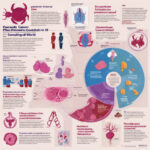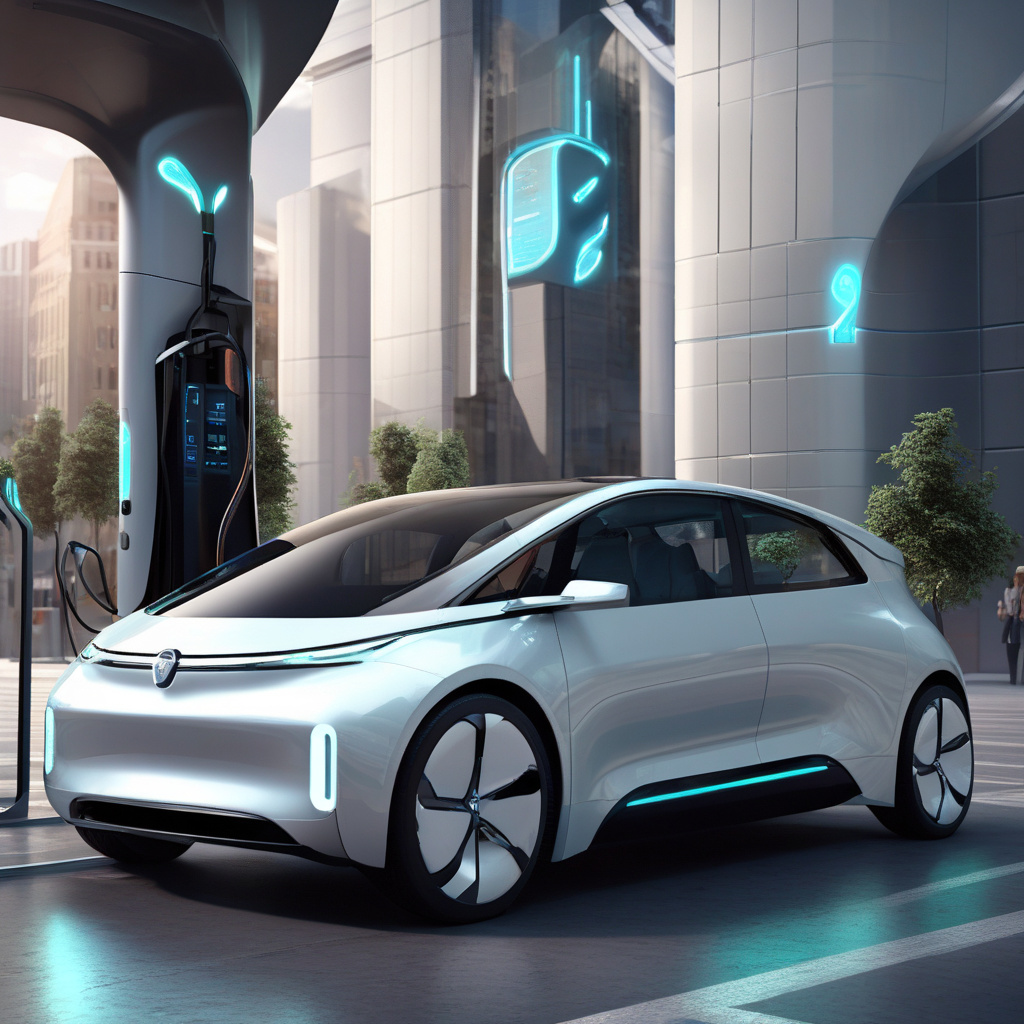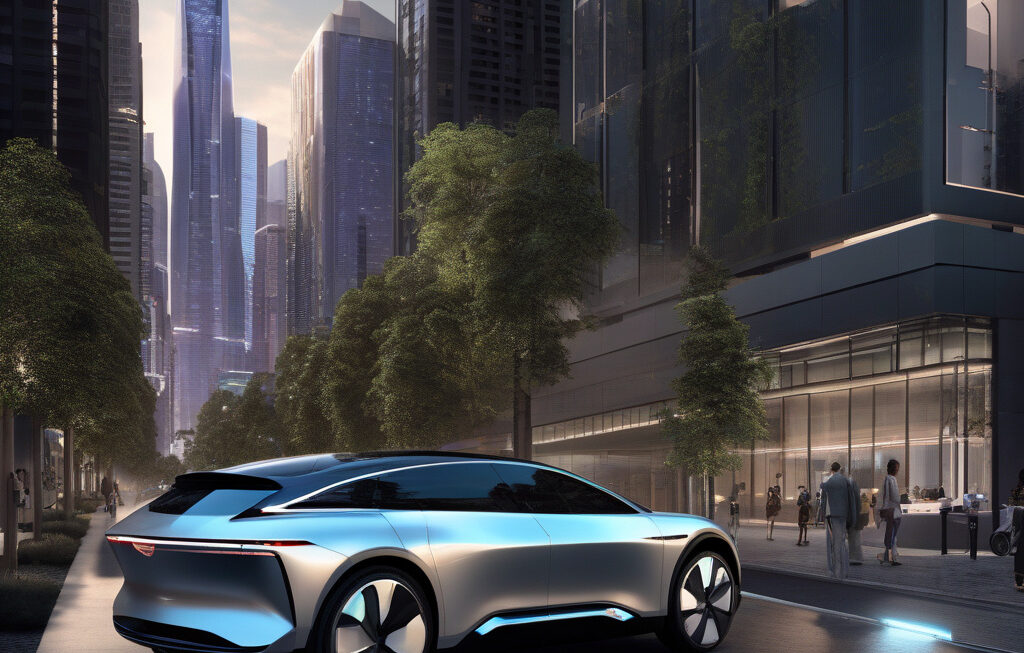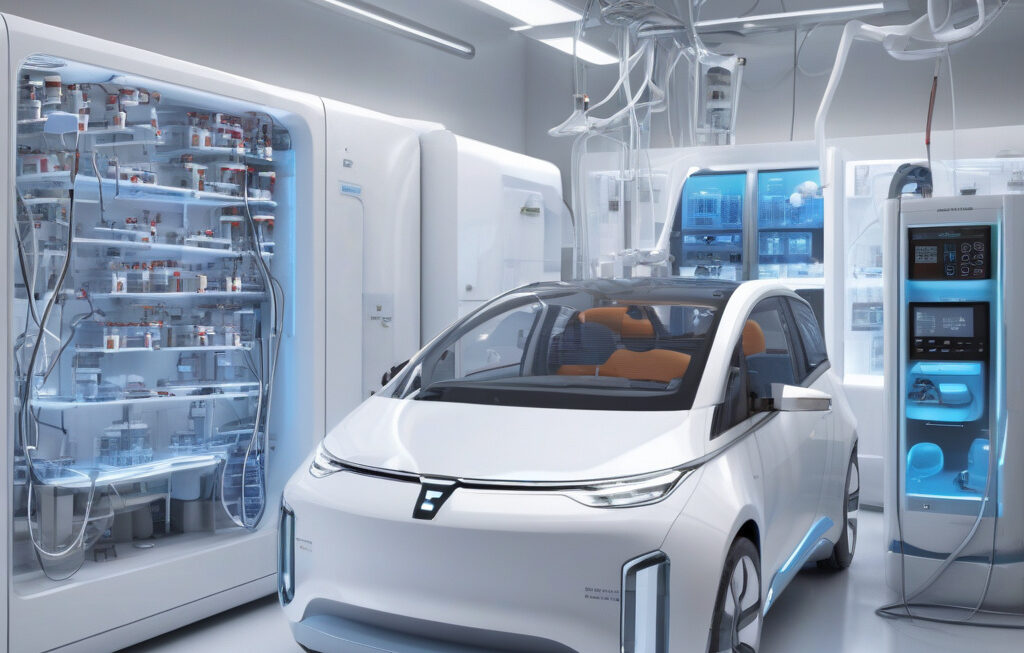Supercharged EV Battery Life: Rice University’s ‘Hot Spot’ Discovery
Researchers at Rice University have found that a material’s internal chemistry, more than its physical structure, could be the key to significantly improving the lifespan and performance of electric vehicle (EV) batteries. This groundbreaking discovery could pave the way for supercharging EV battery life, addressing one of the most significant challenges in the electric vehicle industry.
The study, led by Rice University’s laboratory of materials scientist Ming Tang and graduate student Kaiqi Yang, focused on the role of “hot spots” within the electrode material of lithium-ion batteries. These hot spots, tiny regions within the electrode where chemical reactions are more likely to occur, have long been considered detrimental to battery performance. However, Tang and Yang’s research revealed that by understanding and controlling the chemistry of these hot spots, it is possible to enhance the overall efficiency and longevity of the battery.
Traditionally, researchers have focused on optimizing the physical structure of battery materials to improve performance. However, Tang and Yang’s work highlights the importance of delving into the internal chemistry of these materials. By identifying the specific chemical processes occurring within hot spots and developing strategies to mitigate their negative effects, the researchers were able to demonstrate a significant improvement in battery performance.
One of the key findings of the study was the discovery of a new phase transition mechanism that occurs within hot spots. This mechanism, which involves the reversible conversion of lithium-ion conducting pathways, plays a crucial role in determining the overall stability and lifespan of the battery. By gaining insight into this mechanism, researchers can now explore new avenues for enhancing battery performance and durability.
The implications of this research are far-reaching, particularly for the electric vehicle industry. As the demand for EVs continues to rise and the push for sustainable transportation grows stronger, the need for high-performance, long-lasting batteries becomes increasingly critical. By unlocking the potential to supercharge EV battery life through targeted chemistry-driven approaches, Tang and Yang’s work could accelerate the adoption of electric vehicles on a global scale.
In addition to improving battery lifespan, the research could also lead to advancements in fast-charging technologies. By optimizing the chemical processes within hot spots, it may be possible to develop batteries that can be charged more quickly without compromising their longevity. This could address another major hurdle in the widespread adoption of electric vehicles and make EVs even more convenient and practical for consumers.
While the study is still in its early stages, the findings offer a promising glimpse into the future of EV battery technology. By shifting the focus from the physical structure to the internal chemistry of battery materials, researchers are opening up new possibilities for enhancing performance, durability, and efficiency. As Tang and Yang continue to explore the potential of hot spots and phase transition mechanisms, the day when supercharged EV battery life becomes a reality may be closer than we think.
#SuperchargedEV, #BatteryLife, #RiceUniversity, #ElectricVehicles, #Sustainability












